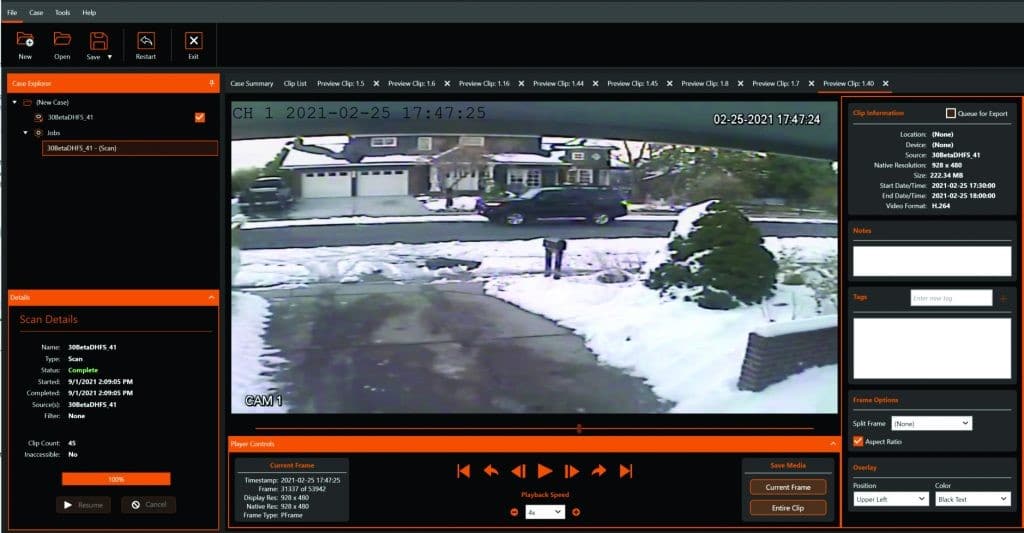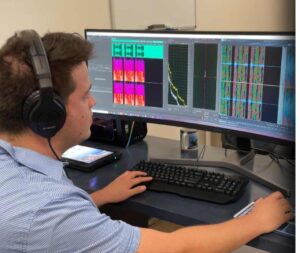
DVR Examination and Recovery in Digital Forensics
January 24, 2023




Audio Forensics is the process of examining an audio file to determine its contents. This can include identifying the type of audio file, the date and time it was created, and the location from which it was obtained.
Audio forensic analysis is used in digital forensics to help investigators identify and track suspects, as well as to corroborate evidence found in other media formats. Audio files can be examined for clues that may indicate whether they were edited or manipulated, and investigators can use audio analysis to identify specific voices or sounds within a recording.

In order to conduct an audio analysis, an investigator must first have a copy of the audio file that they wish to examine. The file can then be opened in a software program such as Izotope, which will allow the investigator to view information about the file such as its length and timestamp. The investigator can then use various tools within Izotope to analyze the file’s contents, including its waveforms, pitch, frequency and volume levels.
Modern digital devices such as iPhones allow a user to edit audio and video files giving them the appearance and the file is original. It is digital forensics that can ferret out the alterations.
By analyzing an audio file’s internal properties and contents, investigators can often gain valuable insight into its origin and purpose. Audio analysis is a valuable tool in digital forensics that can help investigators piece together evidence from all types of media files.